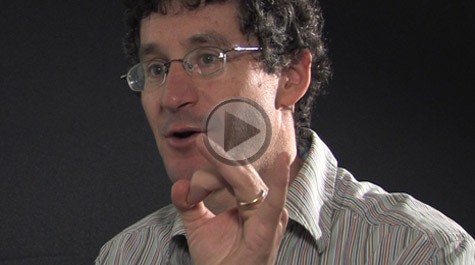Mercury's travel up the food chain
Mercury is an environmental pollutant found in rivers, lakes and streams world-wide. Biology professor Dan Cristol studies the impact this element has on wildlife, particularly birds. Recently Cristol and his team of researchers discovered that birds who do not feed directly out of mercury contaminated water can still show high levels of mercury exposure. The team determined this contamination occurred when the birds ate mercury infused spiders.
The research is turning on its head the long-held dogma of many scientists that the animals at risk from mercury polluted water were the aquatic life that lived in the water. Cristol’s research shows the problem may be more wide-spread.
The science has environmental policy implications as well.
Cristol talked recently with the William & Mary News about mercury, birds, spiders, the food chain and the future.
The question now is how the spiders are getting the mercury. Are they getting it directly from the water or is the element making its way into the flood plain surrounding the water?
If it’s the latter, the way mercury pollution is handled may have to drastically change, Cristol noted.
“Now we have a problem anywhere there is mercury pollution in nearby waters,” he said.
If mercury is getting into the terrestrial food chain surrounding the affected waterways then the effect of ongoing mercury pollution is magnified.
“The ongoing problem of mercury from coal is the future issue that we need to deal with.”















